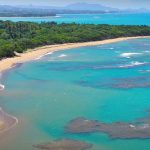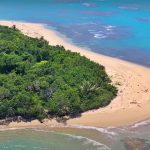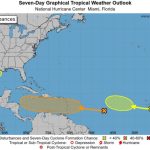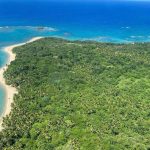Haiti given green light to use the waters of the Massacre River
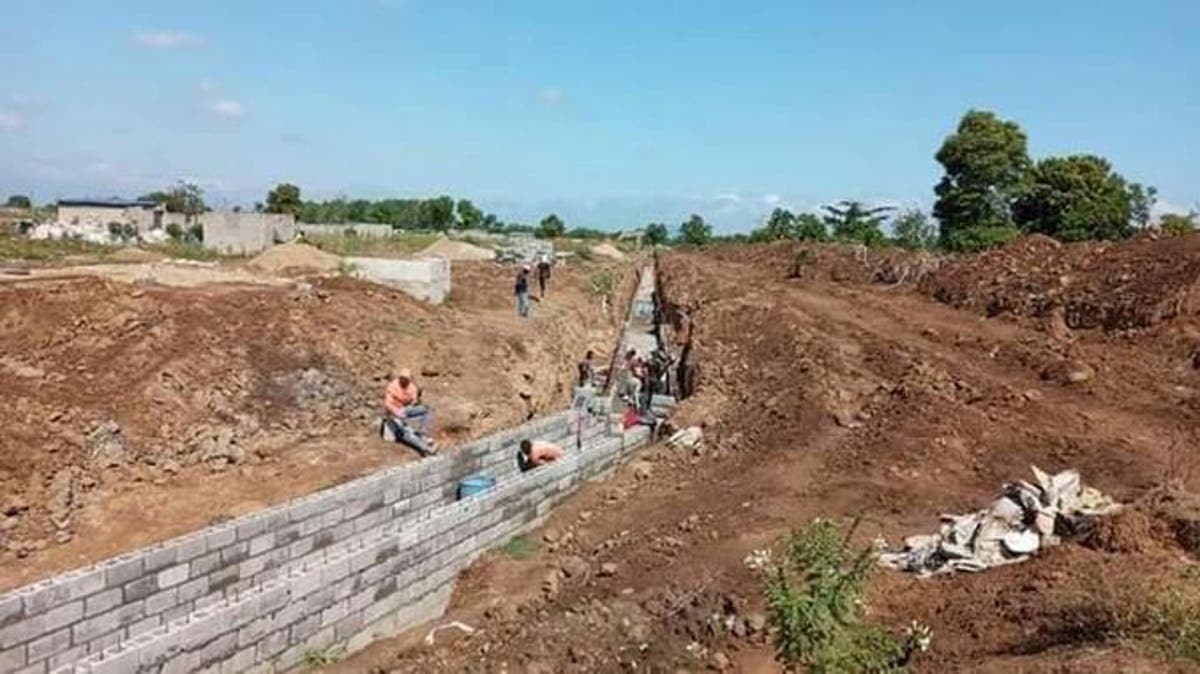
The measure seeks to manage all transboundary hydrographic basins jointly, according to the 1929 Treaty and the norms of International Law.
Santo Domingo, DR
The Dominican Republic and Haiti governments signed a joint declaration to seek a solution to the conflict over the channeling of the waters of the Massacre River by Haitian authorities.
The governments undertook to draw up a technical protocol “for the coordinated management of all the transboundary river basins” to guarantee the management of the resources “in a joint manner in accordance with the provisions of the 1929 Treaty and the norms of International Law.”
They also agreed to continue sharing information “regarding all the water works carried out and to be carried out in the border area,” and to create a “Technical Committee for a better understanding of the works carried out in the border area,” all within the framework of the “Subcommittee on Environment and Agriculture of this Bilateral Joint Commission, with a view to the creation of the Binational Water Committee.”
Joint Declaration
Meeting at the Ministry of Foreign Affairs of the Dominican Republic within the framework of the Dominican-Haitian Joint Bilateral Commission, the delegations present have agreed to issue the following Declaration:
“Considering that the Treaty of Peace, Perpetual Friendship and Arbitration signed on February 20, 1929, between the government of the Dominican Republic and the Republic of Haiti, which establishes the right of both nations to use the waters of the rivers located in the border area fairly and equitably:
Considering the interest of the two nations in working together to create mechanisms that guarantee the sustainable management of the transboundary hydrographic basins and the adequate use of the binational watercourses:
Recognizing, based on the information presented today by the representatives of the delegation of the Republic of Haiti and in the spirit of understanding and exchange of information as stated in the 1929 Treaty, that the work initiated in the Dajabón or Massacre River for the collection of water does not consist of a diversion of the riverbed.”
Agreements
To continue sharing information on all waterworks carried out and to be carried out in the border area.
To create a Technical Committee for a better understanding of the works carried out in the border area, within the framework of the Subcommittee on Environment and Agriculture of this Bilateral Joint Commission, with a view to the creation of the Binational Water Committee.
To elaborate, within the framework of the technical table, a specialized protocol for the coordinated management of all the transboundary hydrographic basins guarantees the direction of the resources jointly following the provisions of the 1929 Treaty and the norms of International Law.
The two parties agree if deemed necessary, to manage international technical assistance in this matter.
Signatories
The declaration was signed this past Thursday, in French and Spanish, both equally valid, by Marie Andrée Amy, Technical Secretary a.i. Haitian-Dominican Joint Bilateral Commission, and Julio Ortega Tous, executive secretary of the Dominican-Haitian Joint Bilateral Commission.
KEYS
The work
Dominican Foreign Minister Roberto Alvarez said this week that the government hoped that Haiti would not continue with work on the Massacre River until an agreement was reached on the issue,
Its flow
The Dajabón or Massacre river originates in the Pico del Gallo mountain, in Loma de Cabrera. It has an extension of 55 kilometers and flows into Manzanillo Bay, Montecristi. In its trajectory, it enters an area of Haiti. In recent years its flow had been significantly obstructed due to massive logging.











